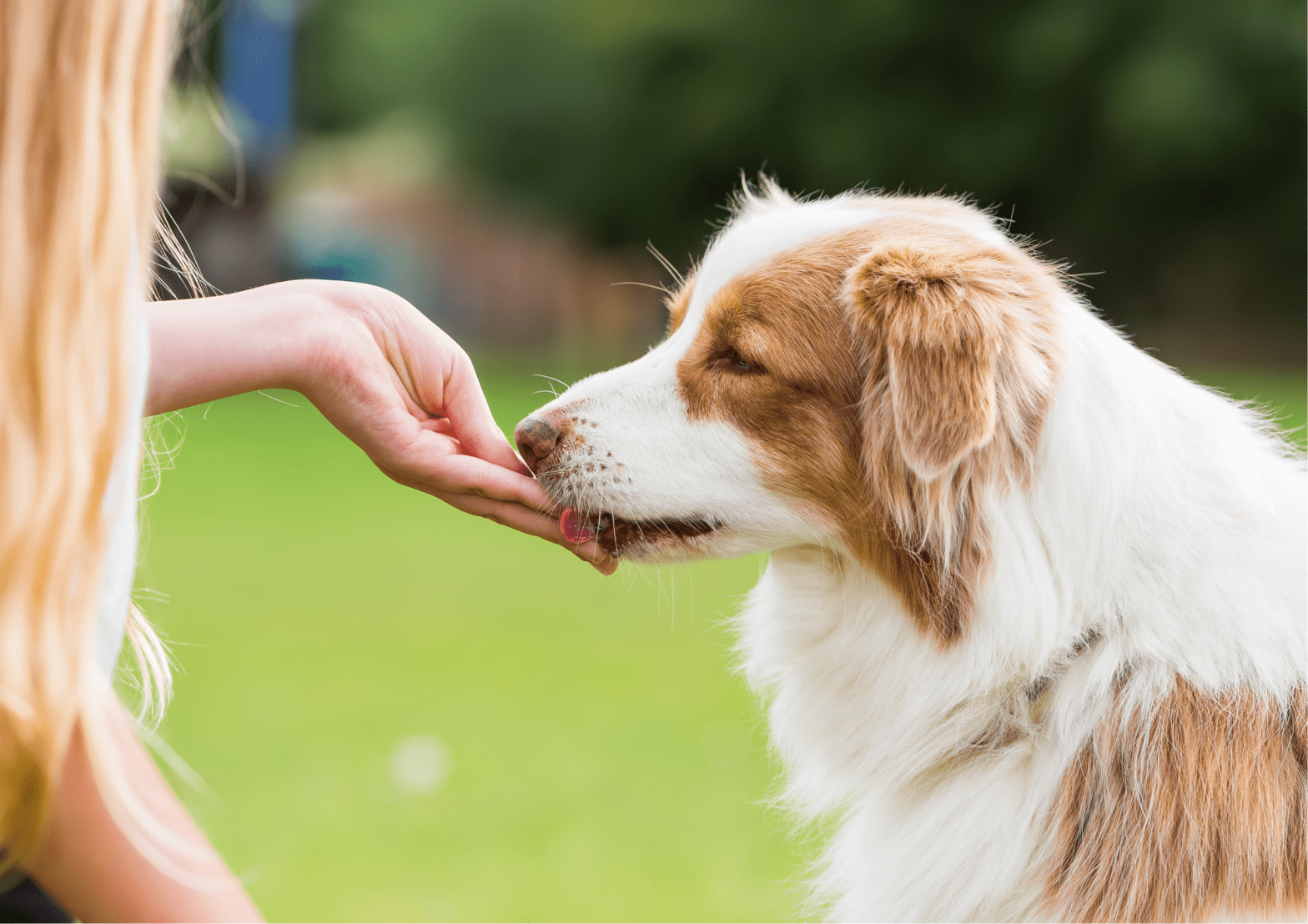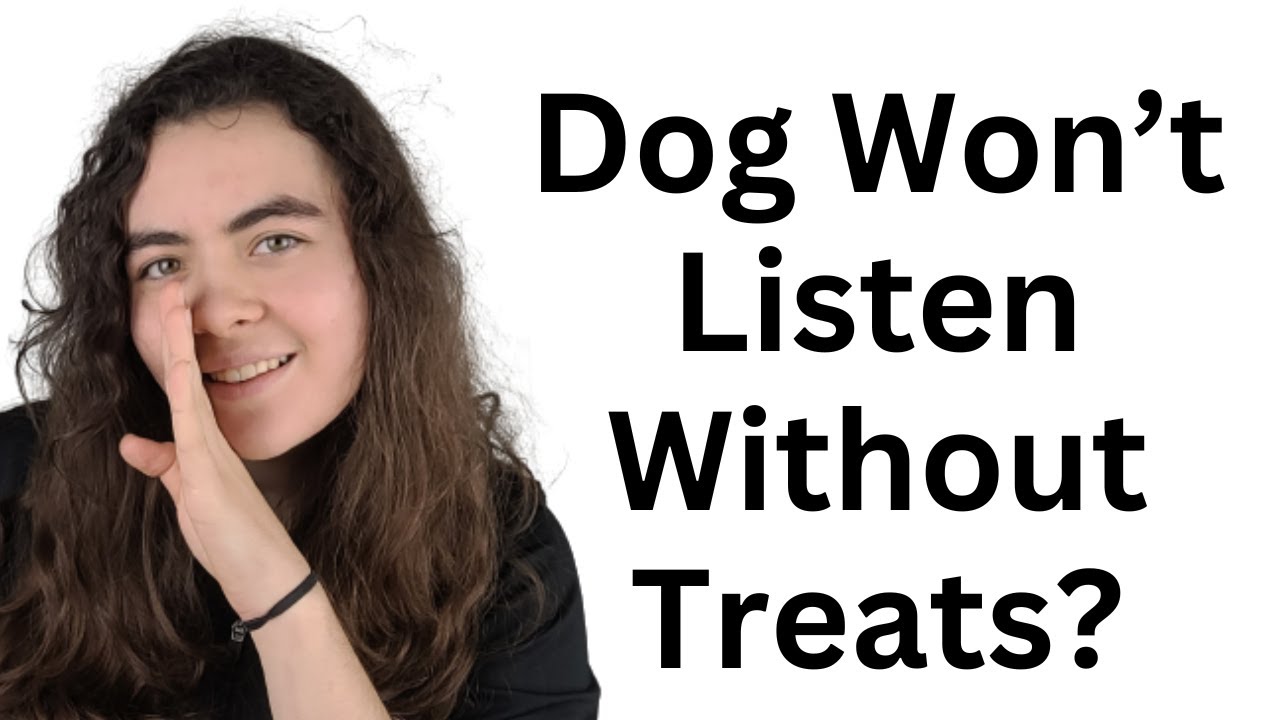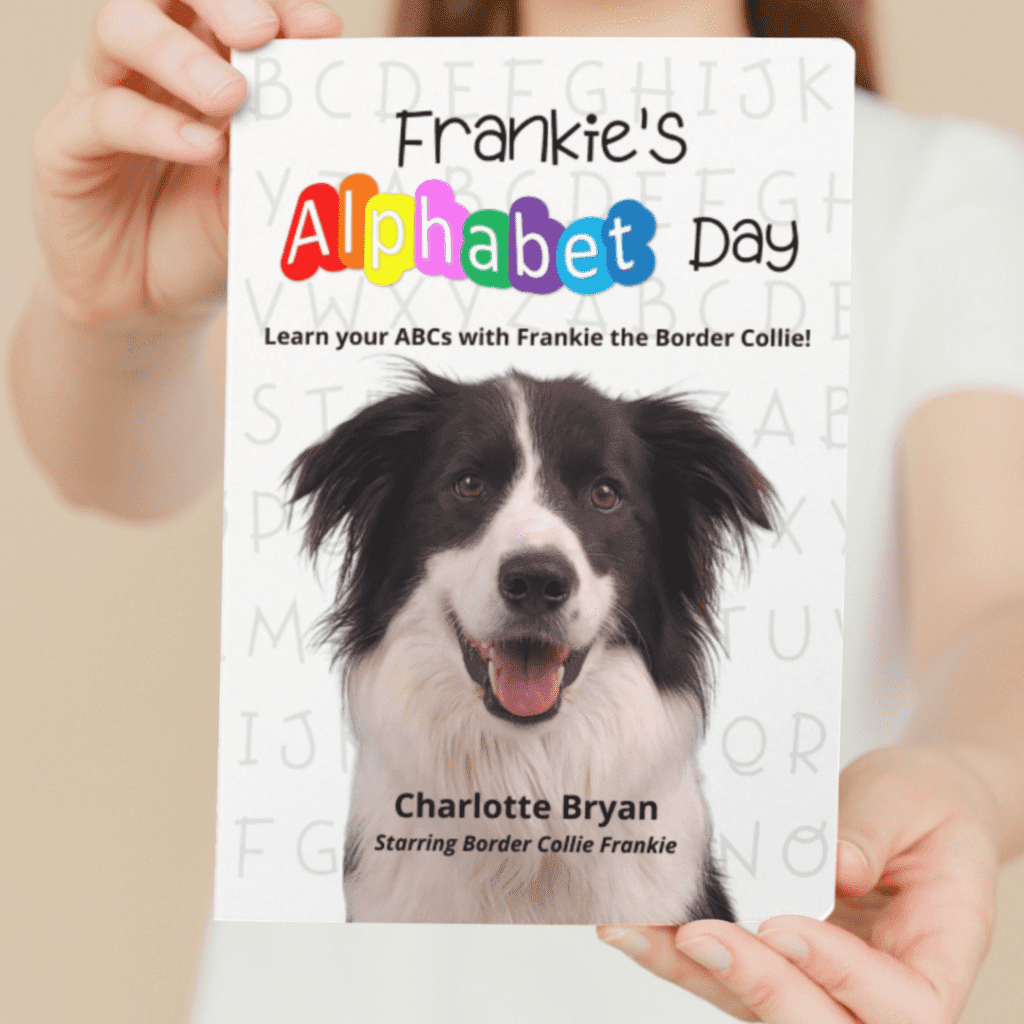Why Does My Dog Only Listen When I Have Treats?


Charlotte Bryan
Published On May 17,2024
Tips to Prevent Over-Reliance On Treats
Today, I want to discuss a common concern among dog and puppy owners: why do our dogs or puppies only seem to listen when we have treats? This issue often leads to hesitancy in using treats during training due to the fear of creating a perpetual dependency. Let’s explore why this happens and how to train effectively without making treats a permanent crutch.

It’s completely normal for dogs to respond eagerly to treats; after all, they are a powerful motivator. However, it’s crucial to remember that the strategic use of treats can lead to a well-behaved dog that listens even when no treats are visible. With my dog, Frankie, I used treats extensively during the first 9-10 months of his training. Today, he listens and obeys commands without needing a treat each time. Here are key strategies to achieve this:
1. Don’t Rely Solely on “Candy” Treats
When rewarding your dog, distinguish between “candy” treats and “healthy” treats. “Candy” treats are often packaged training treats like liver snacks, which may not be very nutritious. While they can be highly motivating, they should be used sparingly. Instead, focus on “healthy” treats such as high-quality kibble or nutritionally packed options like Prime100.
Using kibble is an excellent way to integrate training with regular feeding. For example, you can reserve a portion of your dog’s meal for training sessions. This approach not only reduces the reliance on high-value “candy” treats but also makes training a normal part of their routine.
2. Reward, Don’t Bribe
Understanding the difference between rewarding and bribing is crucial. Bribing occurs when the treat is visible before or during the command. For instance, if you call your dog with a visible treat in hand, you’re bribing. Rewarding, on the other hand, means giving the treat after the desired action is completed.
When teaching a new command, using a treat to lure your dog into the desired position is fine. However, once your dog understands the command, start phasing out the lure. Give the command, and once your dog completes the action, then reach for the treat. This method teaches your dog to respond to the command itself, not just the promise of a treat.
3. Only Reward Effort
Once your dog knows a command, be selective about when you reward them. Initially, reward every attempt to help them learn. As they become more proficient, start rewarding only the efforts that show enthusiasm and energy.
For example, if you ask your dog to sit and they do it immediately with good posture, reward them generously. If they sit slowly or seem disinterested, acknowledge their effort with a pat or a verbal “good,” but save the treat for moments when they really try. This selective rewarding encourages your dog to always put in their best effort.
How do you phase out treats when dog training?
Gradually phasing out treats is a process that requires patience. During the initial learning phase, frequent rewards help establish understanding. Over time, as your dog becomes consistent, start reducing the frequency of treats. Transition to rewarding only the best efforts, and eventually, you can phase out treats altogether for most commands. Consistency and gradual reduction are key to forming lasting habits.
I hope these tips help you reduce your dog’s reliance on treats during training. By using treats strategically, rewarding effort, and gradually phasing out treats, you can train your dog to respond to commands reliably without always needing a treat.
Happy training!





